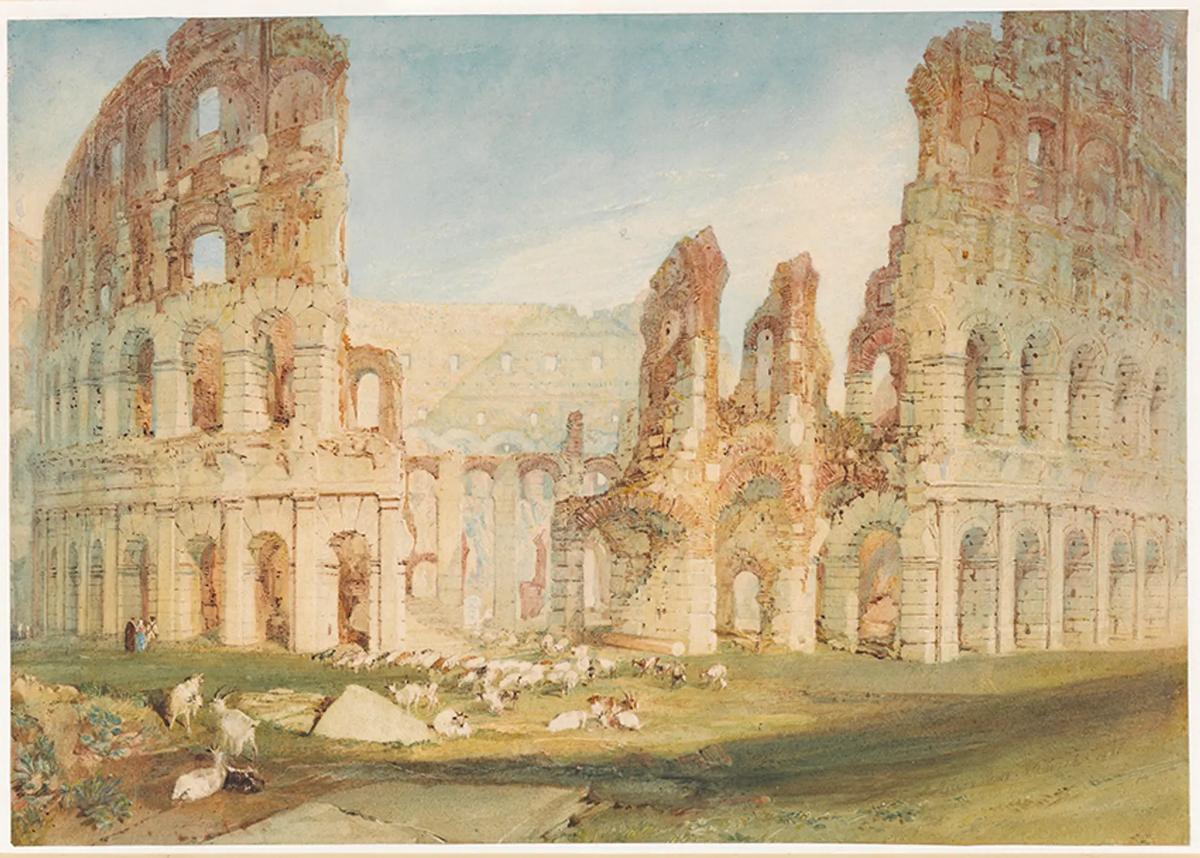I’ve been looking into the carbon cost of the British Museum’s sales of non-fungible tokens. It’s a lot. We can’t be precise about how much planetary damage the British Museum (BM) is doing, but we can get a good idea from publicly available data. Since the project began last September, the BM’s exclusive NFT partner, LaCollection, has listed 2,105 NFTs on the OpenSea platform. Minting and selling NFTs is carbon-intensive because the blockchain on which they’re traded requires high energy use. The Digiconomist website estimates that each transaction uses enough electricity to power the average US home for around nine days, producing 150kg of CO2. So just for the BM’s NFTs already offered for sale, we get a starting carbon cost of 315 tonnes of CO2—enough to power that US home for 57 years.
Each NFT sale creates another transaction and thus further emissions. The widely used carbon-offsetting website Aerial estimates the total emissions associated with the BM’s NFTs so far is 819 tonnes of CO2. Last year, the British Museum calculated its emissions over the whole museum to be 5,861 tonnes. In only six months of selling jpegs, the BM has thus significantly increased its annual emissions. LaCollection says it will plant one tree for each NFT it makes. One tree will absorb about one tonne of CO2 over the course of 100 years. The BM said recently that it views NFTs as “a multi-year play”, so one tree per NFT is not nearly enough.
The BM has a sustainable development policy. It hasn’t been updated since 2007 and is one page long. It says: “The British Museum is committed to sustainable development throughout all the aspects of its operation”, and pledges to make “efficient and effective use of energy; through the elimination or reduction of any detrimental impact that its activities might have on the environment”. Did anyone involved in the BM’s NFT project read this?
I suppose museums’ need for cash now trumps everything. Chanel has formed a partnership with the National Portrait Gallery, funding the acquisition of five much needed female self-portraits. Yet how much influence should museums give their new funders? An article in Vogue says: “Chanel is now involved in reorganising the gallery’s permanent collection,” and has even “appointed its own curator Dr Flavia Frigeri”. I assumed this was just public relations gloss, yet the NPG confirmed to me that Chanel is indeed involved in the recruitment process. I’ve no doubt the NPG can make the partnership work for it, but I hope other sponsors don’t now demand the same involvement at other museums.
But compared with the war in Ukraine, and the prospect of a wider war, what does it matter? I am glued to the news. The fight against Vladimir Putin puts the privileged indulgence of studying art history into perspective. In a former life, I did a PhD on the 1877-78 Russo-Turkish war. It was just one of many Russia has fought over its southwestern borders, but it’s also the only one which didn’t become a wider European conflict. Most of the time Europe is eventually drawn in, as gradually seems to be the case now, so I am more than usually anxious. Last week I found myself looking on Amazon for Geiger counters. It seems fantastical, voyeuristic even, that we can watch it all unfolding on our phones. I wonder if enough of us realise how many of our freedoms depend on the bravery of a people in a faraway country, of whom, until recently, we knew almost nothing? Slava Ukraini.


